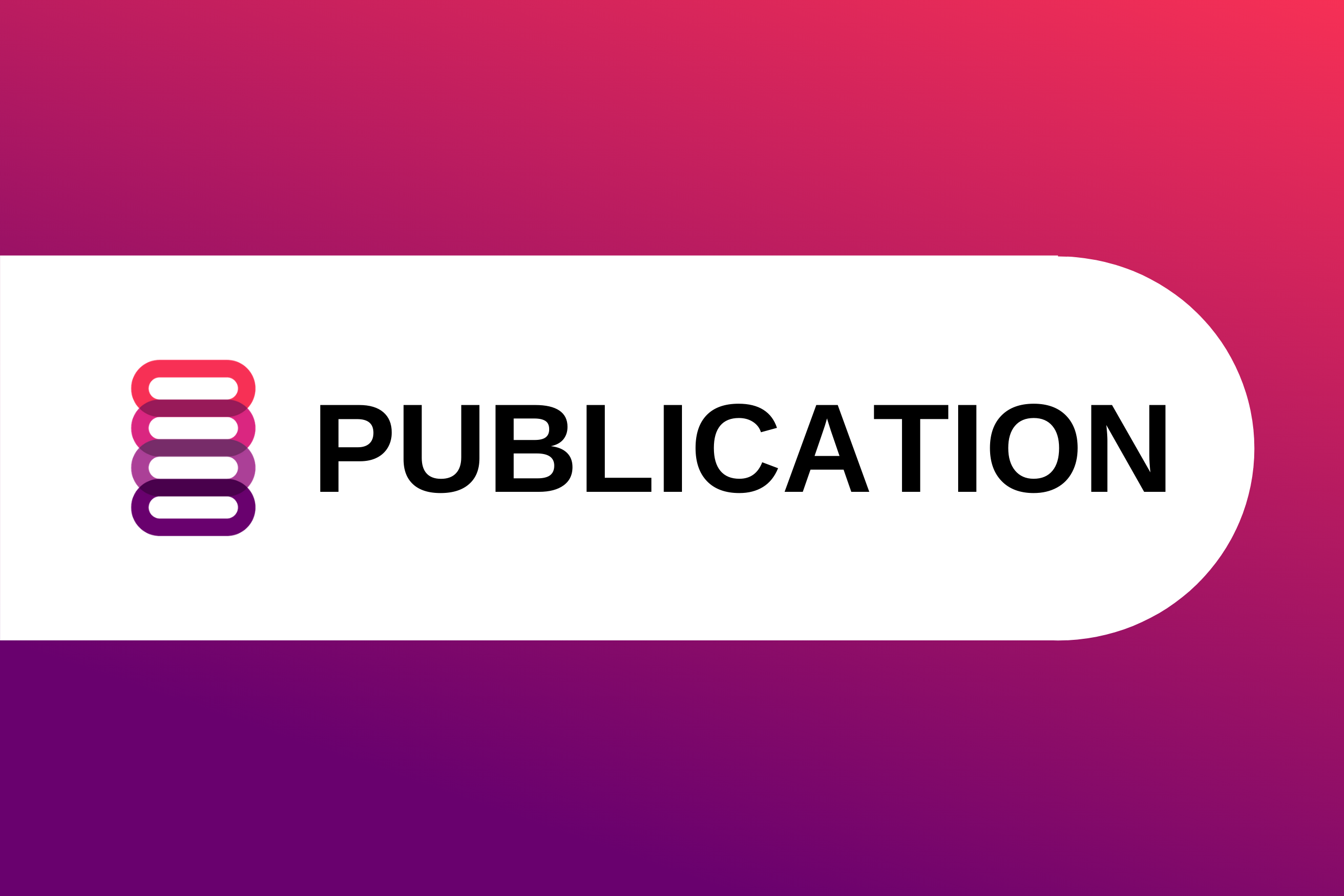Intimate partner violence (IPV), sexual assault and stalking are crimes with deep economic impacts. These include both the resulting costs of violence as well as economic abuses used to maintain power and control. Ranging from employment loss to housing instability to debt, financial consequences can thwart a survivor’s ability to recover from an attack, leave an abusive relationship or stay independent. Although sexual assault and IPV affects people of every kind, some groups suffer violence disproportionately and face distinct and significant barriers to safety.
This Population Policy Series brief focuses on Native American and Alaskan Native survivors. While Native people account for around 2% of the US population, they experience unique and more severe threats to economic security and safety from IPV, sexual assault and stalking. Discrimination, legal barriers, historical oppression, isolation and cultural differences all contribute to the barriers Native survivors face when seeking help and safety. Thus, service providers, the justice system and policy makers need unique strategies to support such survivors. The Native population is geographically and culturally diverse. Where possible, this brief will refer to specific tribal names. Generally, though, the discussion will refer to the entire Native American population and use the terms American Indian/ Alaska Native (AI/AN) and Native.


